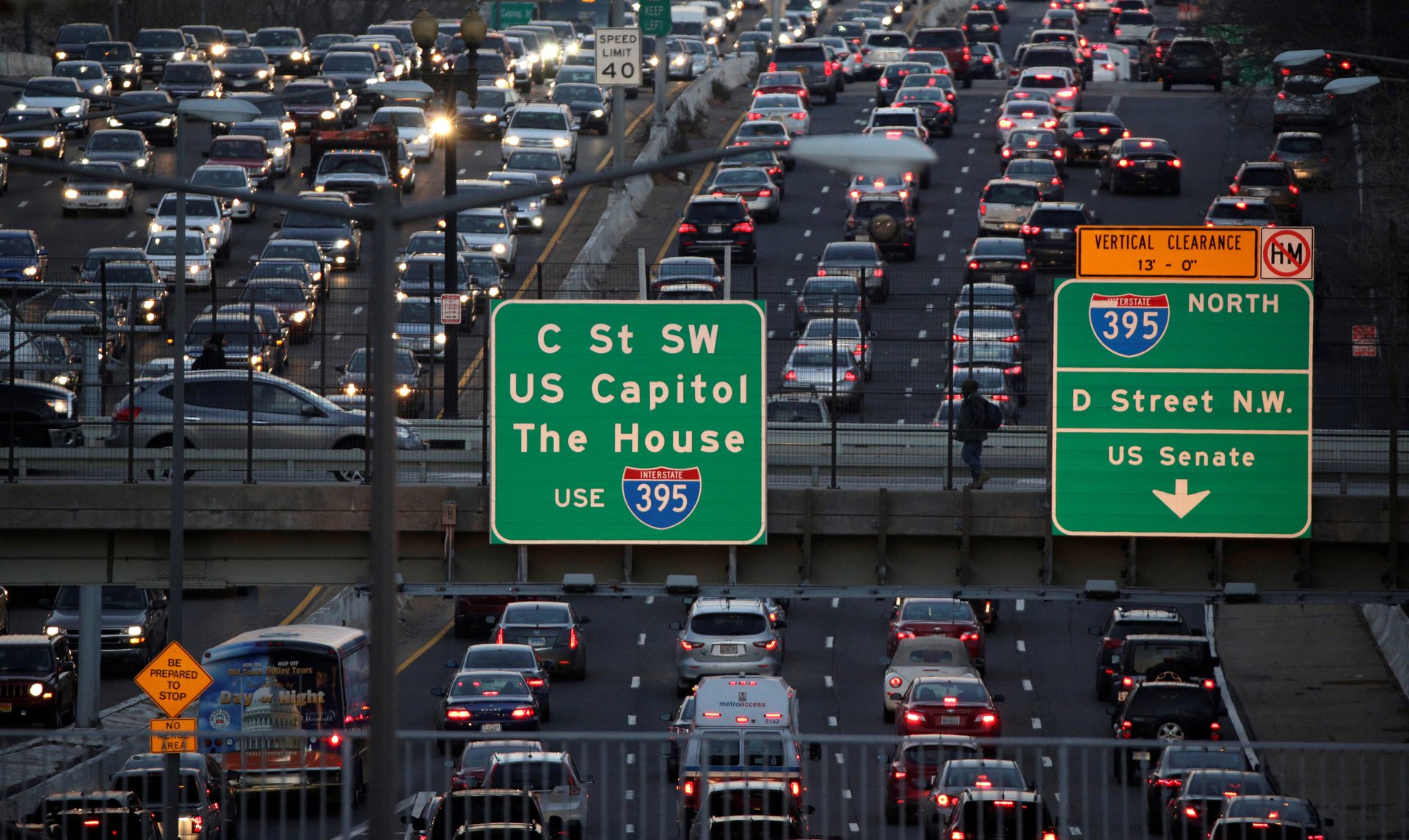The rise in SUVs is linked to a surge in pedestrian deaths
The US’s love affair with big, gas-guzzling SUVs not only has a downside for the environment, but it’s also leading to more fatal road accidents.


The US’s love affair with big, gas-guzzling SUVs not only has a downside for the environment, but it’s also leading to more fatal road accidents.
That’s according to a new study by the Insurance Institute for Highway Safety, which says that the number of pedestrians in the US hit and killed by cars in 2016 rose to 5,987, their highest level in 28 years—and a 46% increase from their lowest point in 2009.
The insurance research group analyzed seven years’ worth of crash data starting in 2009, and found that fatal single-vehicle crashes involving SUVs increased 81 % during that period, more than any other type of vehicle. Pedestrian fatalities were also increasingly likely to involve powerful cars, which, it says, suggests speeding was a factor.
The upsurge in fatal accidents has happened mostly in urban and suburban areas (where SUVs are king), and during dark hours on busy roads, like arterials, without proper pedestrian crossings.
IIHS noted that previous studies also found that SUVs, pickups, and vans are linked to a higher risk of death or severe injury to pedestrians. “Such vehicles have higher and often more vertical front ends than cars and are more likely to strike a pedestrian in the head or chest,” the study notes.
By cross referencing roadway, environmental, personal, and vehicle factors, the study found crashes involving pedestrians have become both deadlier and more frequent. “Improvements in road design, vehicle design and lighting and speed limit enforcement all have a role to play in addressing the issue,” said IIHS President David Harkey in a statement.
IIHS points to findings from the Highway Loss Data Institute, which recently said that Subarus with pedestrian detection had insurance claim rates for pedestrian injuries that were 35% lower than the same cars without the detection system.
Reuters reported in March this year that sales of mainstream and luxury SUVs and crossovers in the US have more than doubled since 2010, rising 5% and 7% respectively. Carmakers are falling over themselves to launch new SUV models to compete with each other for what currently appears to be insatiable consumer demand.